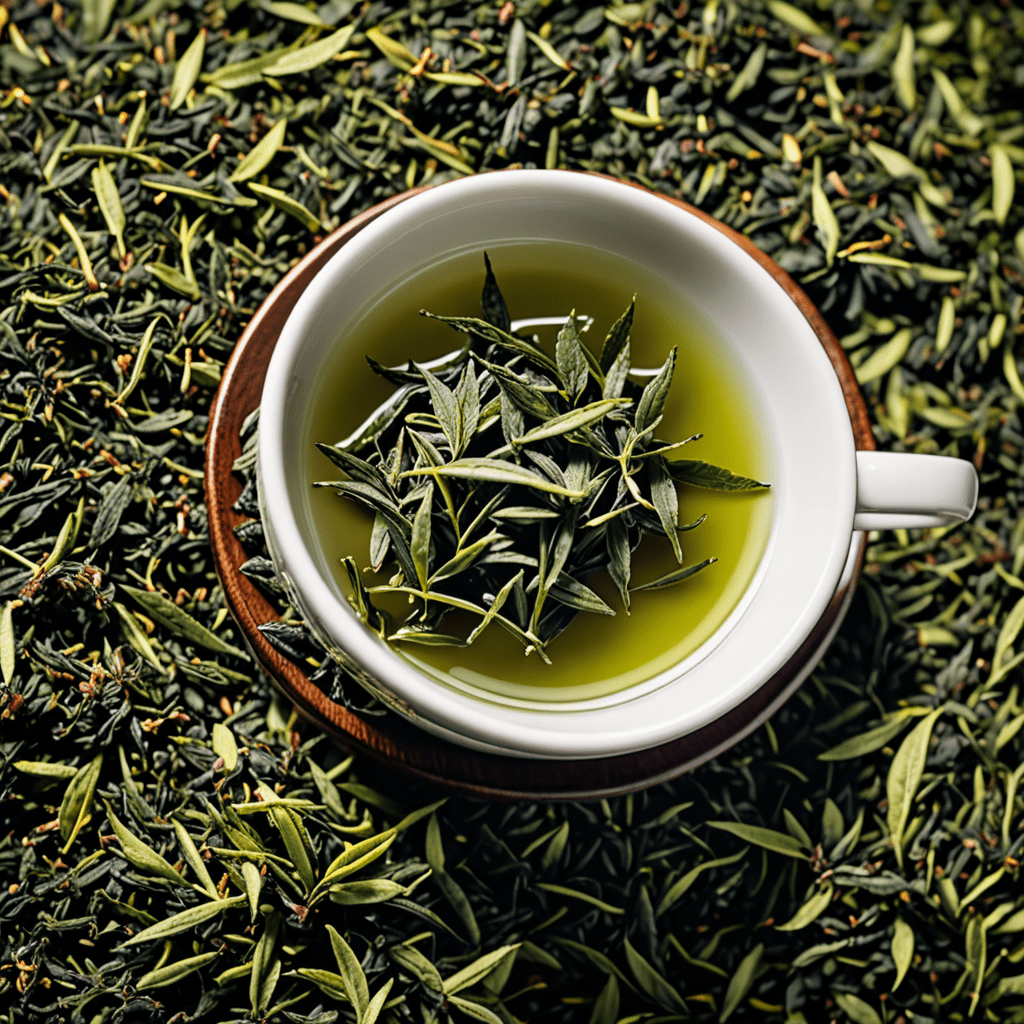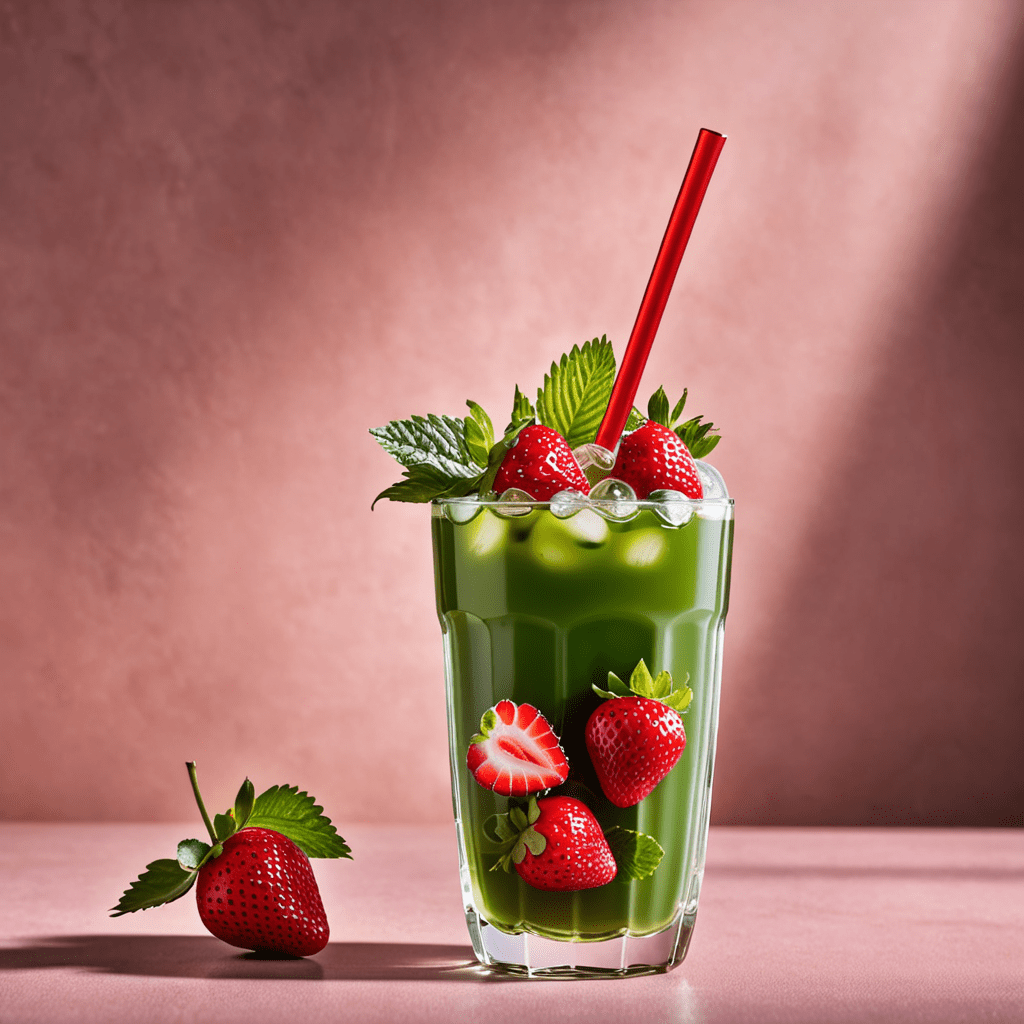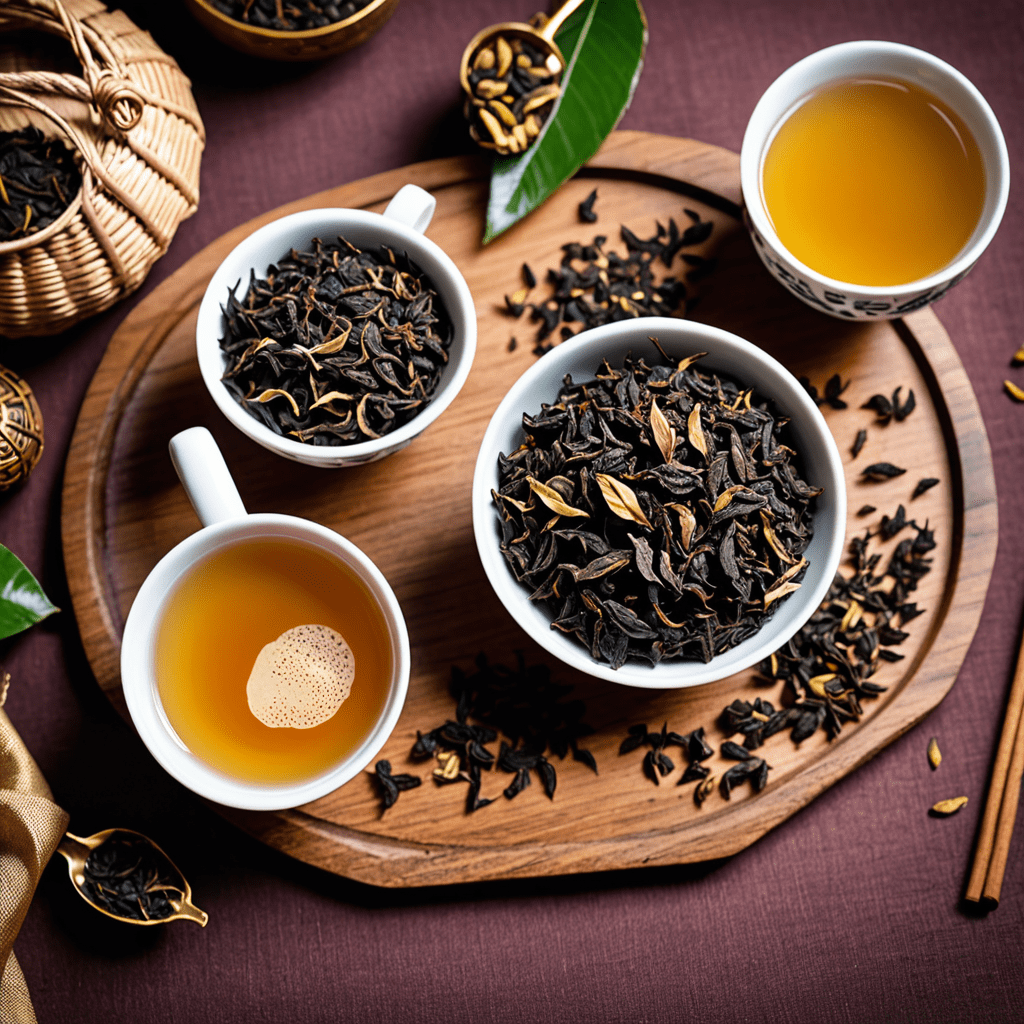The Elegance and Delicate Flavors of Gyokuro Green Tea
When it comes to the world of green tea, gyokuro stands out as a unique and exquisite variety. Originating from Japan, gyokuro is known for its delicate flavors, vibrant green color, and the meticulous process used to cultivate and prepare the leaves. In this article, we will delve into the fascinating world of gyokuro green tea, exploring its history, cultivation, brewing techniques, health benefits, and more.
Understanding Gyokuro Green Tea
Gyokuro, which translates to “jade dew” in Japanese, is a high-quality green tea that is shaded from the sun for several weeks before harvest. This shading process enhances the production of chlorophyll and amino acids in the tea leaves, resulting in a rich, sweet flavor and vibrant green color. The careful shading also reduces the bitterness often associated with green tea, giving gyokuro its distinct characteristics.
The Cultivation Process
The cultivation of gyokuro involves meticulous attention to detail, from selecting the right tea plants to the shading process. The tea plants used to produce gyokuro are typically shaded for 20-30 days prior to harvest, encouraging the development of the desired flavor profile. The leaves are then hand-picked with precision, ensuring only the finest, tender leaves are harvested for processing.
Brewing Gyokuro Green Tea
Brewing gyokuro green tea requires a careful and precise approach to fully appreciate its delicate flavors. The water temperature and steeping time are crucial factors in bringing out the tea’s sweetness and umami notes. Typically, gyokuro is brewed at a lower temperature than other green teas, around 140°F (60°C), for a shorter duration, allowing for a nuanced and complex infusion.
Health Benefits of Gyokuro
In addition to its exquisite taste, gyokuro green tea offers a range of health benefits. Rich in antioxidants, vitamins, and amino acids, gyokuro is believed to promote relaxation, support immune function, and contribute to overall well-being. Its low tannin content makes it a gentle choice for those with sensitive stomachs, and theanine, an amino acid present in gyokuro, is known for its calming effects.
Exploring Different Varieties of Gyokuro
While traditional gyokuro is celebrated for its remarkable qualities, there are also variations of this tea, such as “karigane” gyokuro, which includes stems along with the leaves, and “konacha” gyokuro, made from small leaves and tea dust. These variations offer unique nuances and provide tea enthusiasts with diverse options to explore within the gyokuro category.
Frequently Asked Questions (FAQ) about Gyokuro Green Tea
As the allure of gyokuro green tea continues to captivate tea enthusiasts, several common questions arise regarding its origins, flavors, and brewing methods. Here are answers to some frequently asked questions about this exquisite Japanese green tea:
- Where does gyokuro green tea originate from?
- What gives gyokuro its unique flavor profile?
- How should gyokuro green tea be brewed to bring out its best qualities?
- What are the potential health benefits of consuming gyokuro green tea?
- Are there different varieties of gyokuro available?



